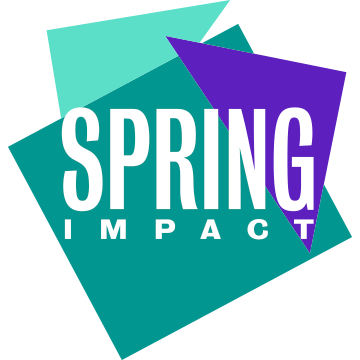Scaling quality HBCC
When you hear the words ‘home-based child care’ (HBCC), depending on where you live you might imagine nannies, childminders, neighbors, or even those family members who look after a child while its parents are at work. These ‘providers’ are the bedrock of quality care for millions of children around the world, offering affordable, culturally-sensitive care within the intimate environment of a home. But given the prevalence of HBCC, another important actor is emerging: support programs that improve providers’ skills, promote increased access to quality HBCC, and ultimately support the healthy development of children.
These support programs for HBCC deploy numerous methods of support, which might include:
- Competencies and standards
- Training and professional development, including business skills
- Mentorship
- Networking, including family child care networks4
- Increasing recognition of home-based child care
- Linkages to other community services or local financing
Given the fragmented, often informal nature of HBCC, driving improvements to the quality of care in a home can be more challenging than in child care centers. Yet the consequences of not reaching home-based providers are stark: children who have not had the benefit of nurturing care in their earliest years are more likely to encounter learning difficulties in school, in turn reducing their future earnings and impacting the wellbeing of their families and societies. Failure to adequately scale up support programs for HBCC will leave millions of children without the foundations to develop into healthy, happy, and productive adults. This is just one aspect of the benefits of high-quality, affordable, and accessible child care, which has the potential to unlock economic empowerment for every mother who is subsequently able to enter the workforce, and for each woman who pursues HBCC as a career.
However, we know that support programs don’t have it easy. Insecure funding streams, the dispersed nature of the communities that they serve, and a lack of political will to drive improvements are just some of the barriers to scaling up truly transformative child care. Our latest report profiles 11 innovative support programs, to understand what has made them so successful, and also lists five recommendations for the sector at large to support the effective scale of good-quality HBCC.
1. Focus on unlocking the power of government
In our research, the programs that had managed to achieve the widest, most sustainable scale were those that were successfully integrated into government systems (such as HCB in Colombia or RAM in France). Other programs focused on advocating or working with government to improve standards and working conditions, representing widespread impact beyond direct delivery. Whatever direction these programs take, unlocking the capacity of government can be a fast pass to improved impact. Spring Impact has published a Government End Game Tool and an interactive Journey to Scale with Government Tool to help guide social impact organizations who wish to scale and sustain their impact through government.
2. Develop solid funding models
While it goes without saying in the social sector that sustainable funding is a prerequisite for long-term impact, in the HBCC space this is particularly important. Home-based providers face acute economic pressures, especially in lower-income settings, meaning that programs that rely purely on fees paid by the providers they support are rarely able to offer sustained, quality services, let alone replicate to new locations. Organizations need to identify supplementary streams of funding to scale their impact.
For the most part, programs have utilized private grant funding, but this can be inconsistent or unreliable. Again, bringing in government involvement can be a good way to access sustainable funding at scale, although this is not feasible for all. Mixed models can offer some benefits, such as PACEY in England and Wales, which supplements its revenue from membership fees with income from providing training to public bodies.
Developing a comprehensive financial model can help to assess potential routes to long-term sustainability.
3. Connect with providers where they are
While the informal nature of HBCC providers can be a challenge for those wishing to support them, it can also be a great opportunity. While scaling center-based care may involve building new infrastructure, with HBCC that child care infrastructure already exists––child care is already occurring in people’s homes–– so support programs simply have to connect with the providers.
Making use of existing networks is vital, as All Our Kin, a staffed family child care network in the US, found as it expanded operations from Connecticut into New York. When scaling to the Bronx, All Our Kin leveraged existing staffed family child care networks, simply adapting its program to meet local regulations.
Similarly, having a strong outreach strategy is critical. Kidogo aims to increase the number of Kidogo-trained providers as a percentage of total providers in a given locality, raising the demand for quality child care and thereby influencing non-Kidogo providers to improve their practice. Kidogo conducts extensive mapping exercises to inform this strategy, and conducts information sessions to raise awareness beyond the providers who are ultimately selected for the program.
Increasingly, society is recognizing that promoting quality childcare can immediately benefit families and communities, and pay dividends in the future. To reach the millions of children who are cared for outside of formal daycares and child care centers, we must scale effective support programs for HBCC.

